 borgo-italiaspecial report |


|
|
| a trip in the land of the Este family (Comacchio, Pomposa (FE) - Emilia Romagna) |
| text by: borgo-italia [only desktop] - photo by: Massimo Zani |
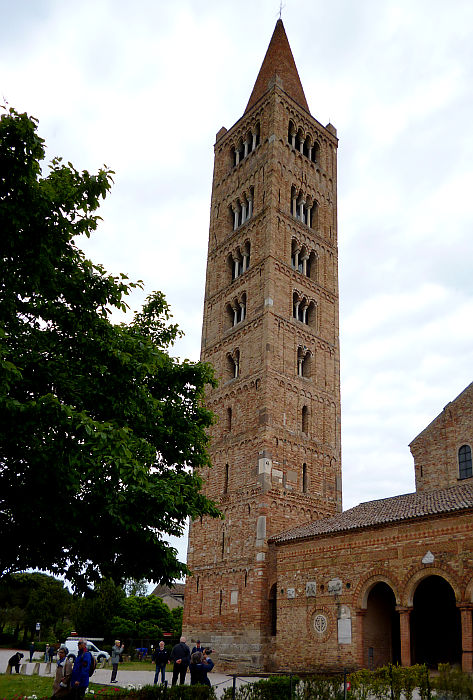
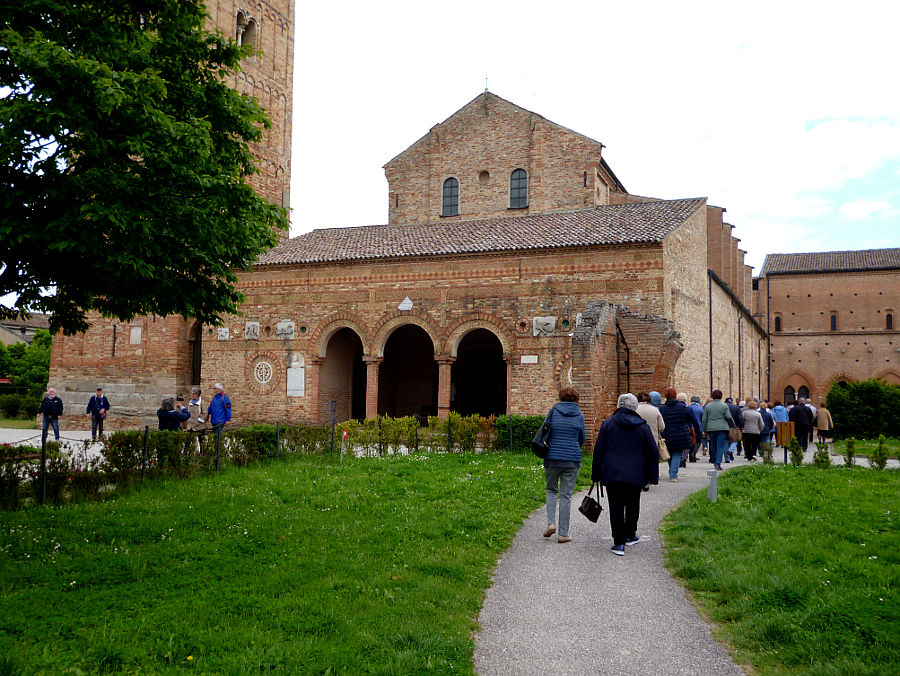
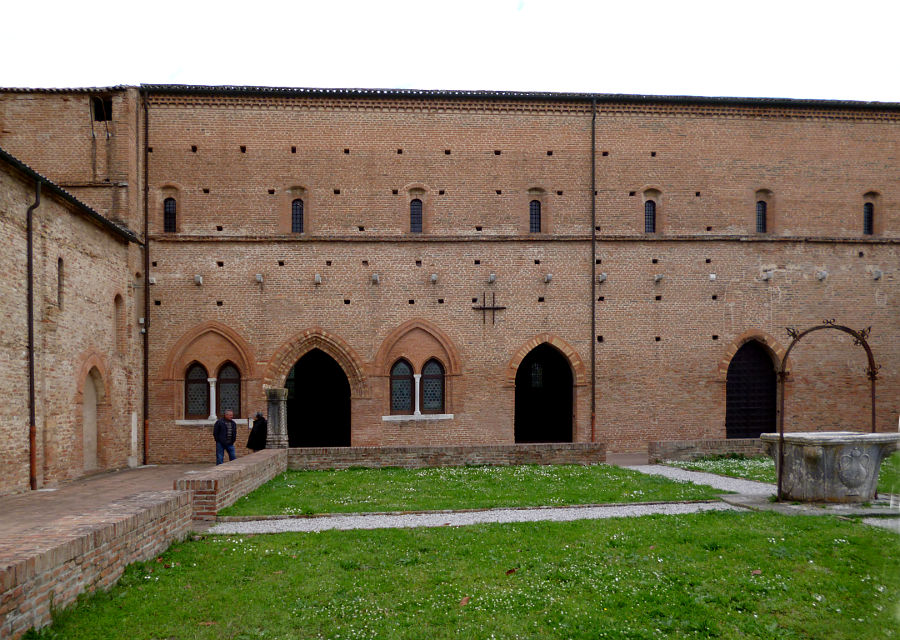
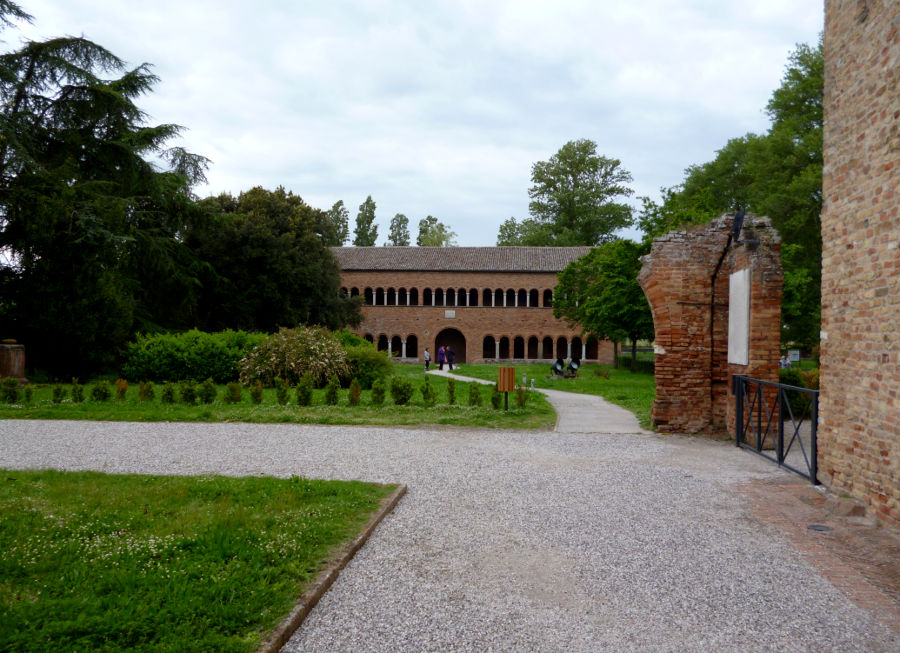
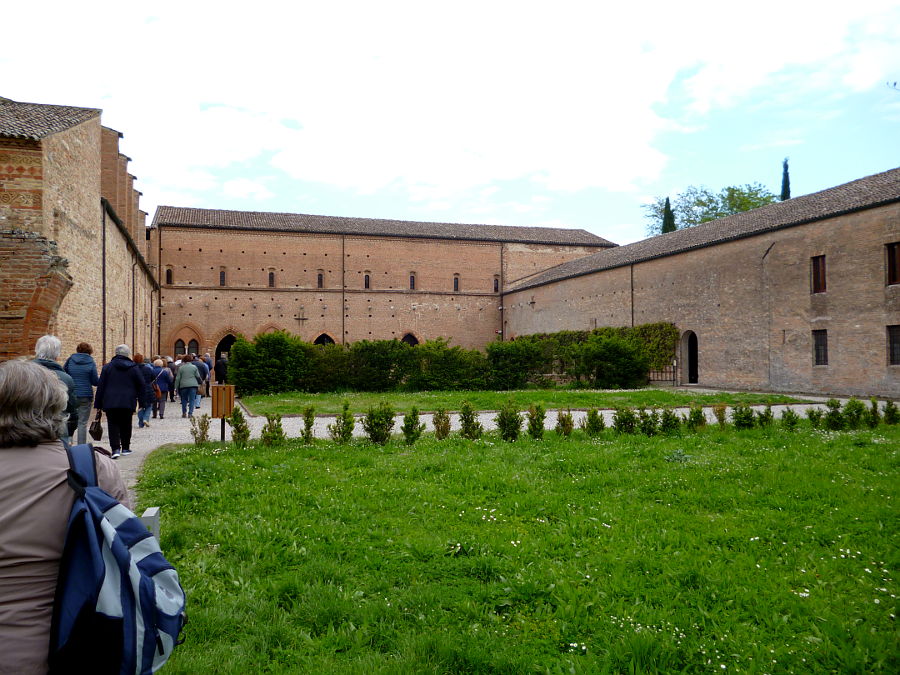
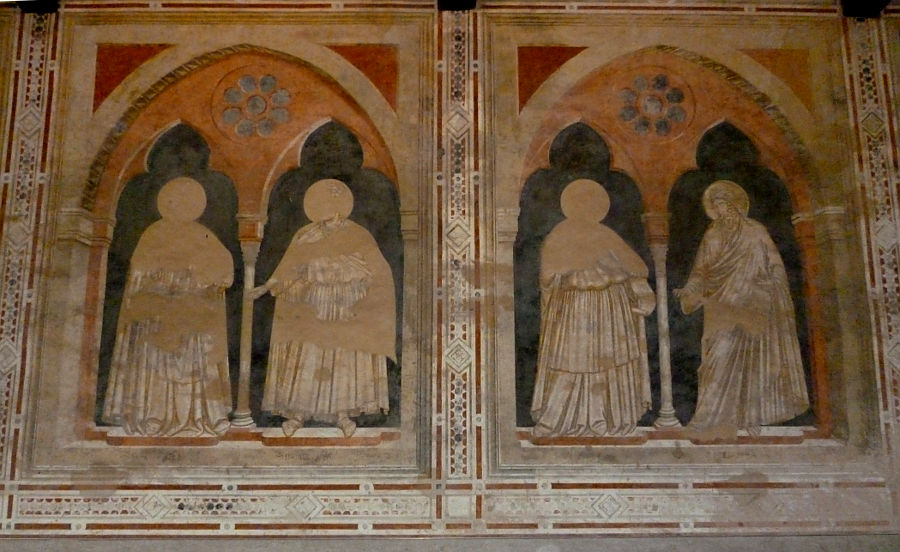
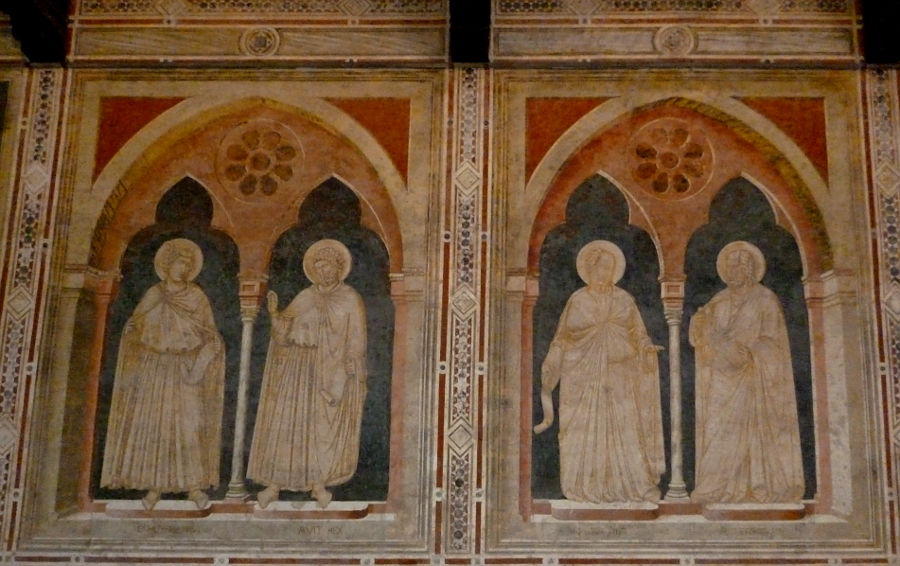
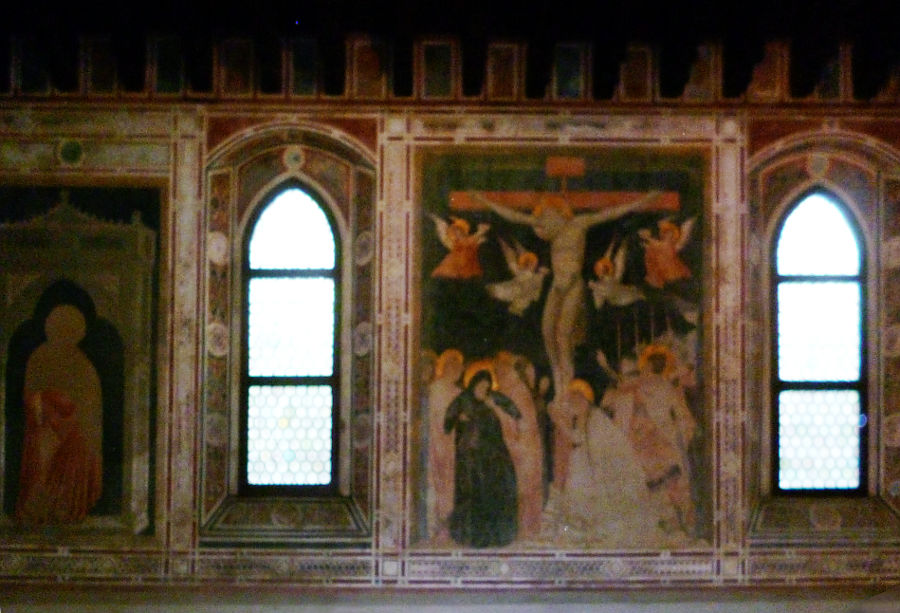
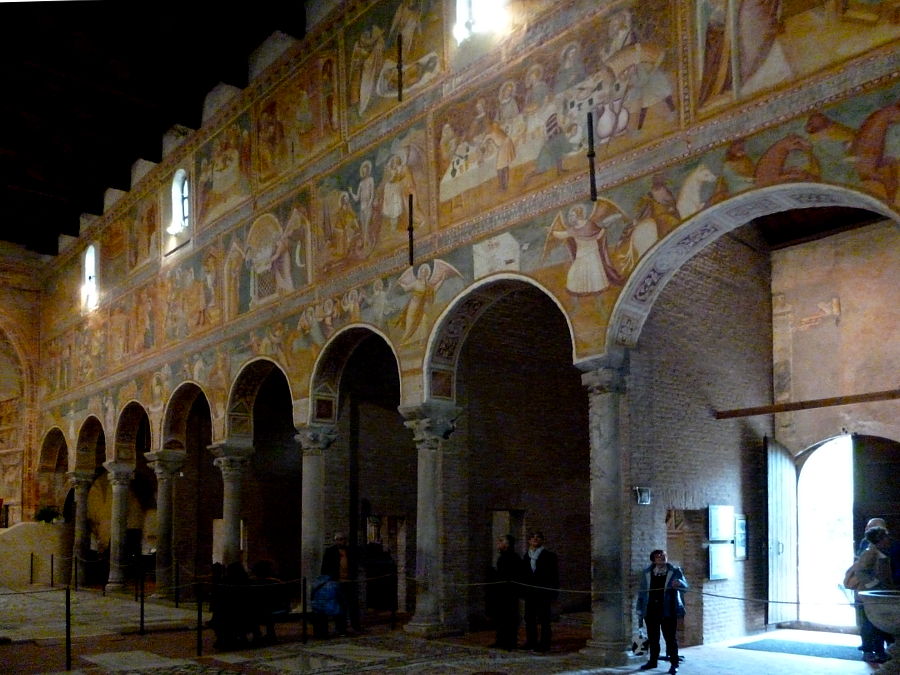
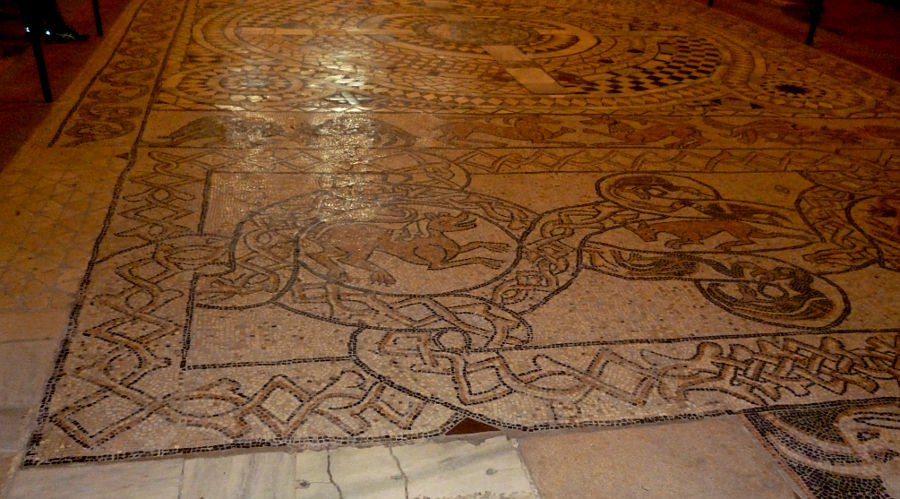
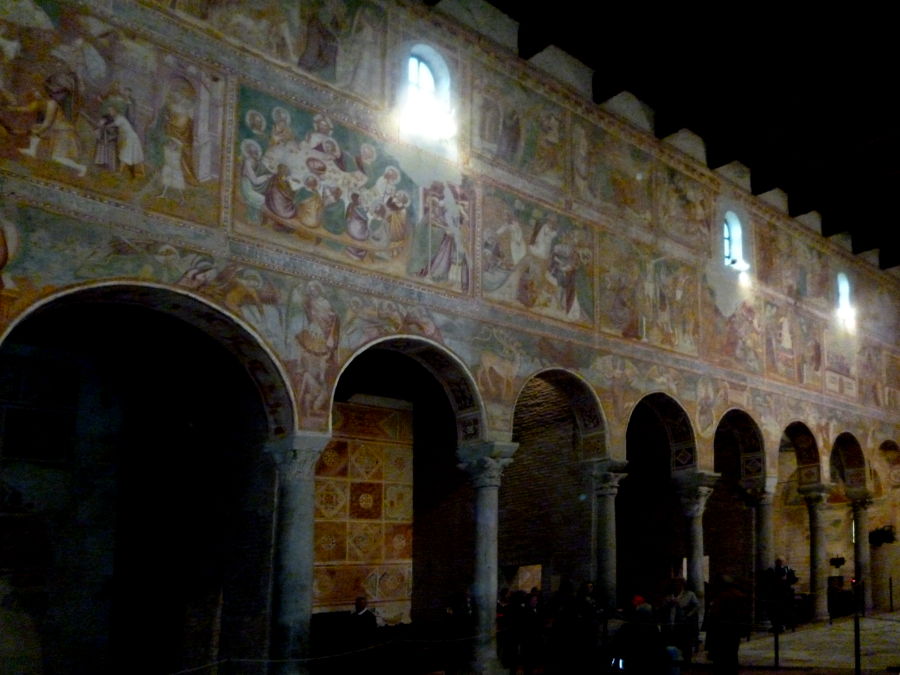
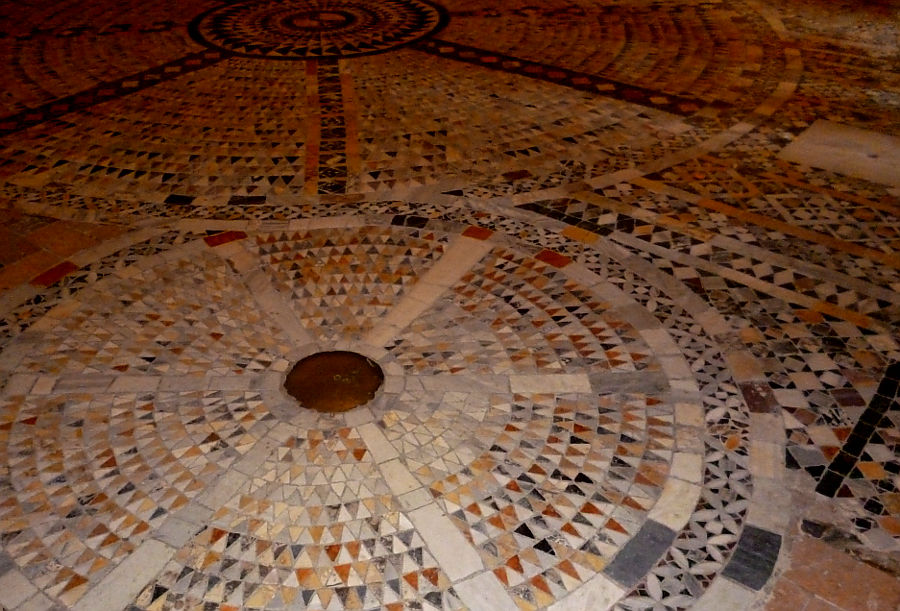
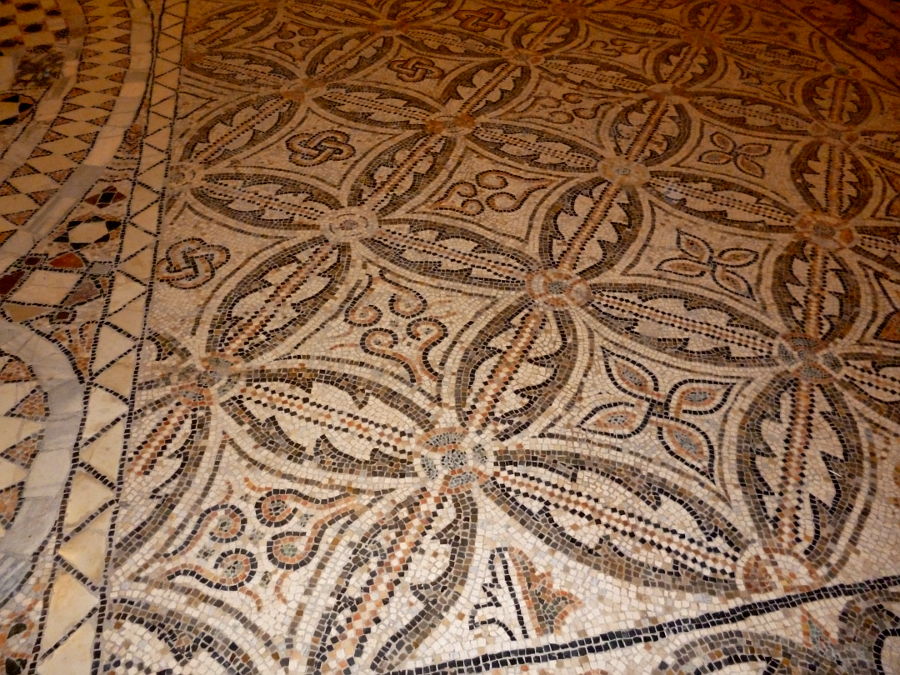

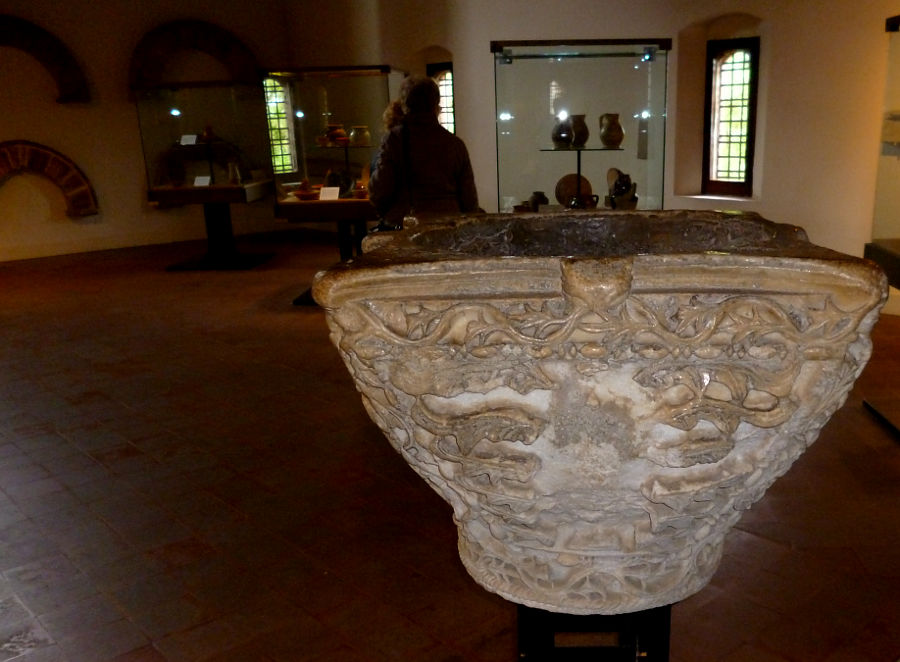
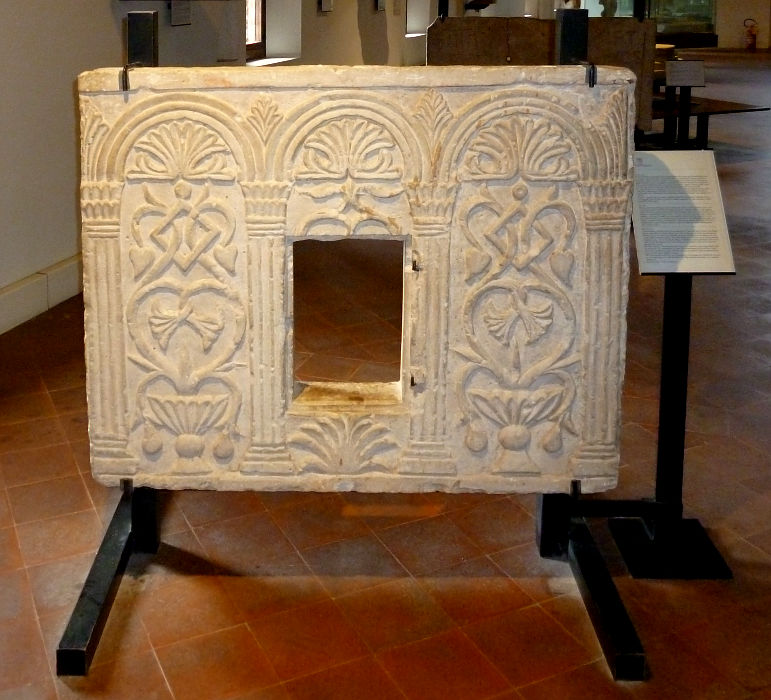
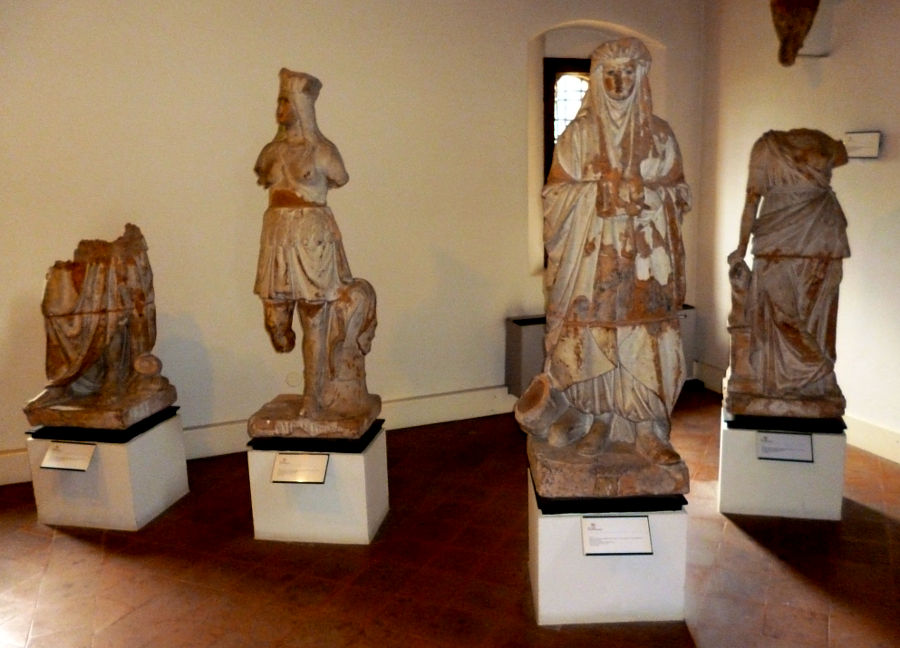
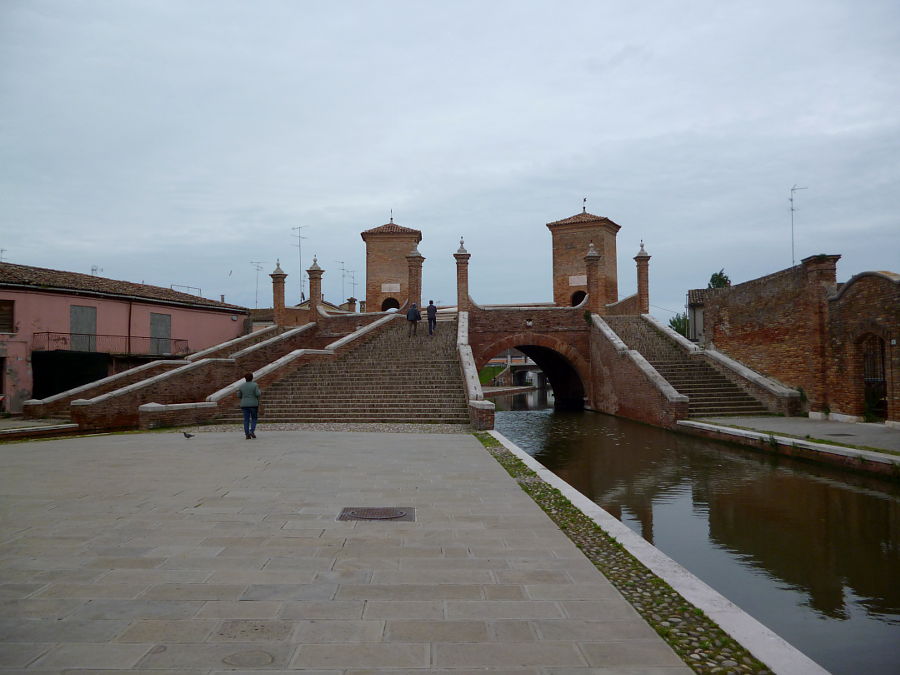
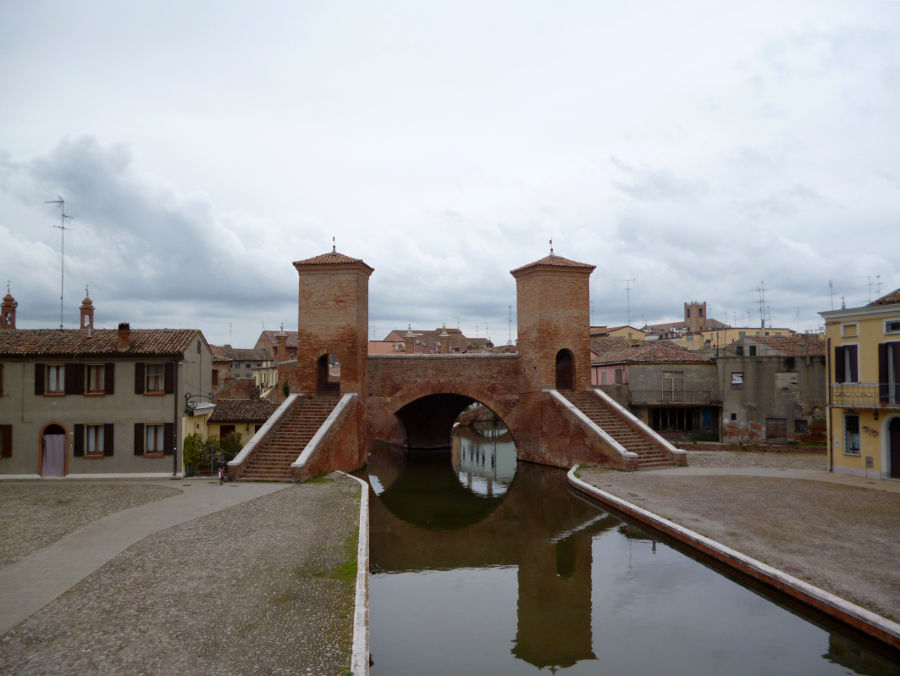
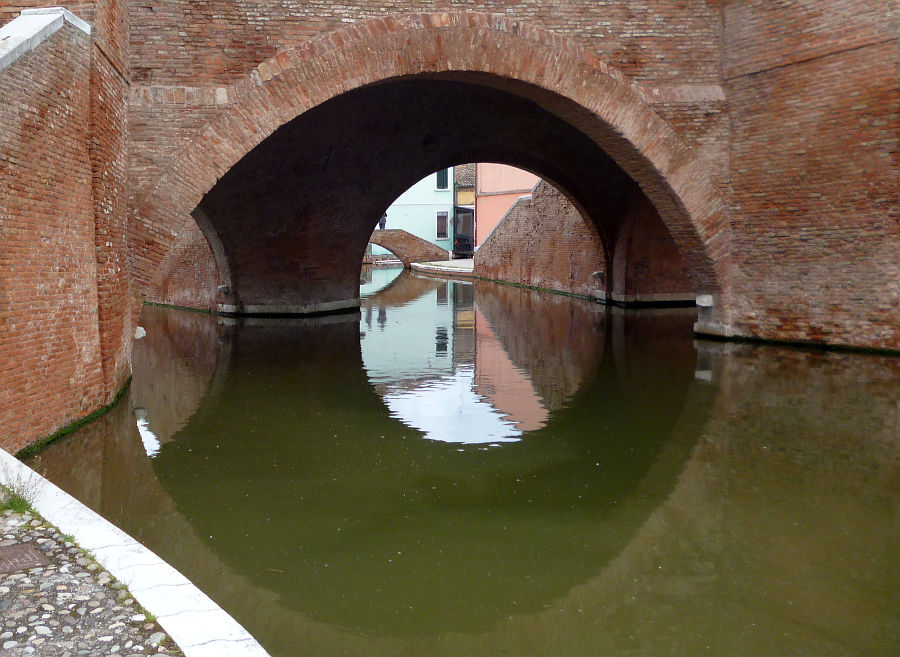
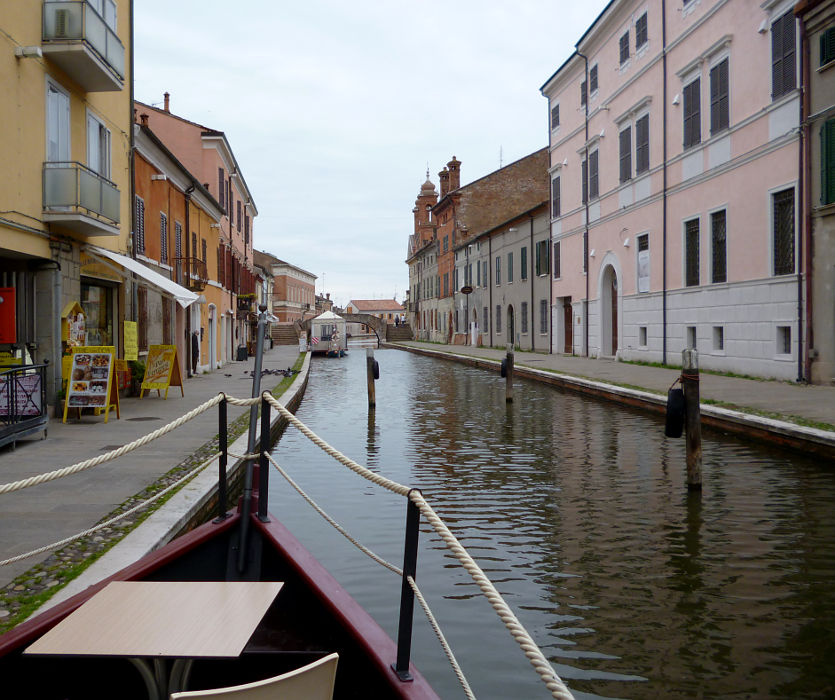
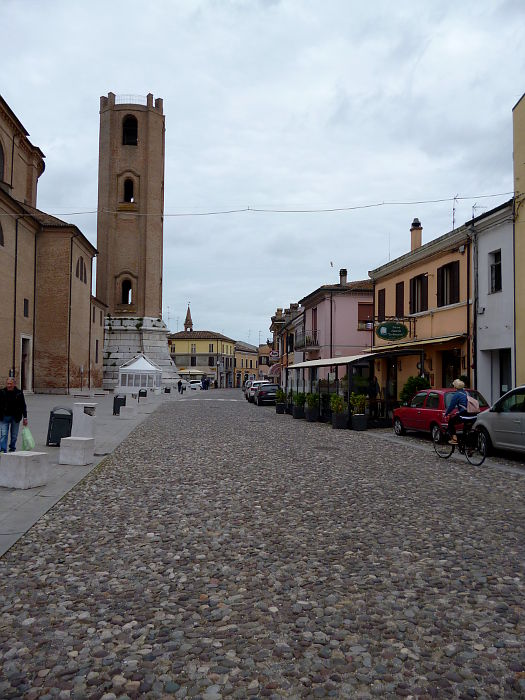
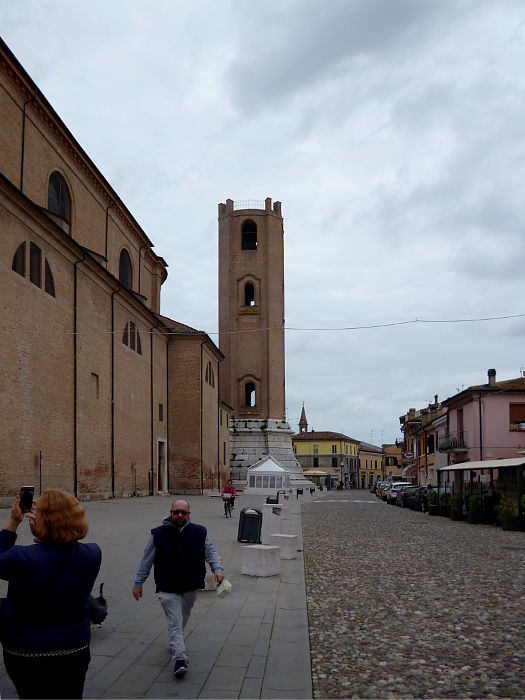
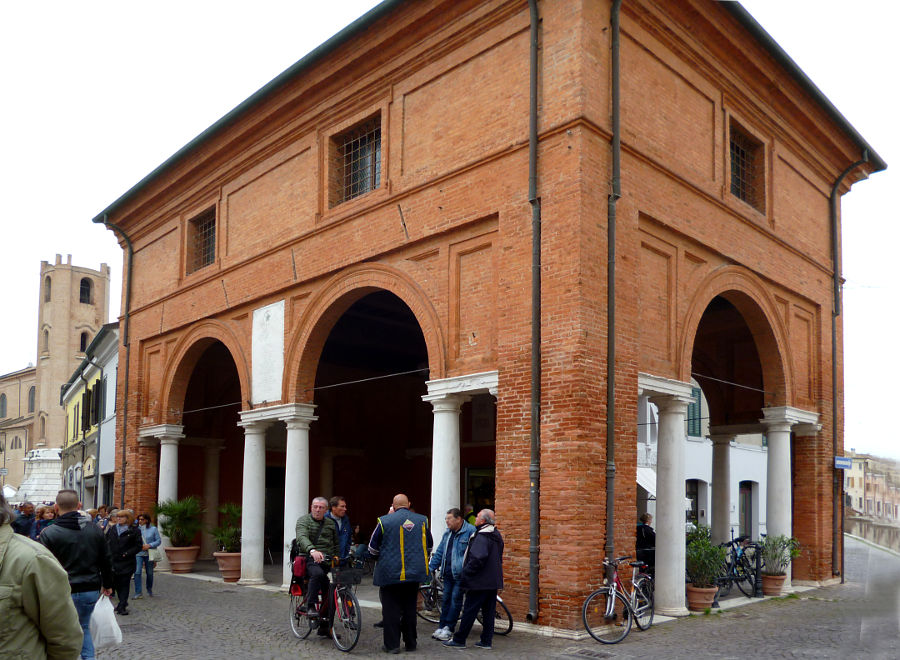
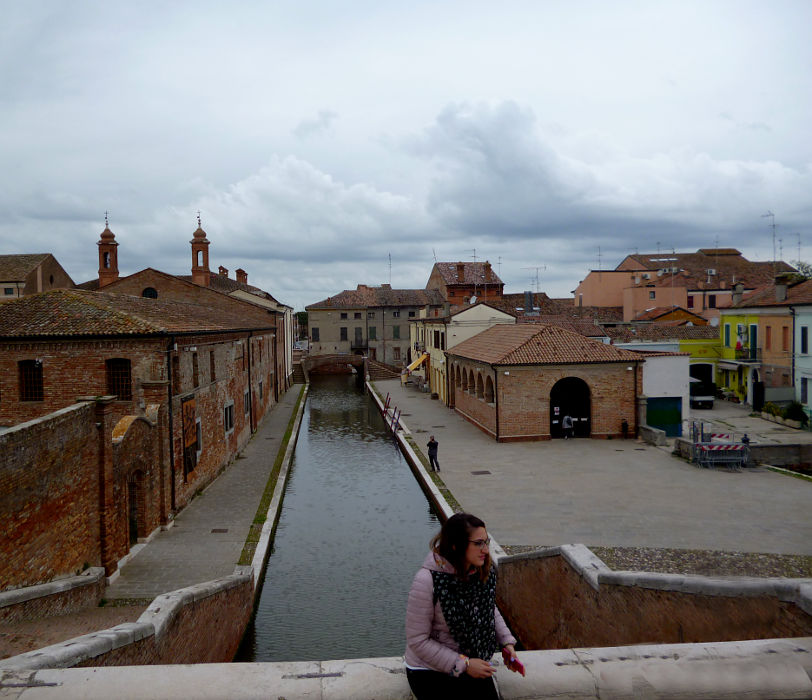
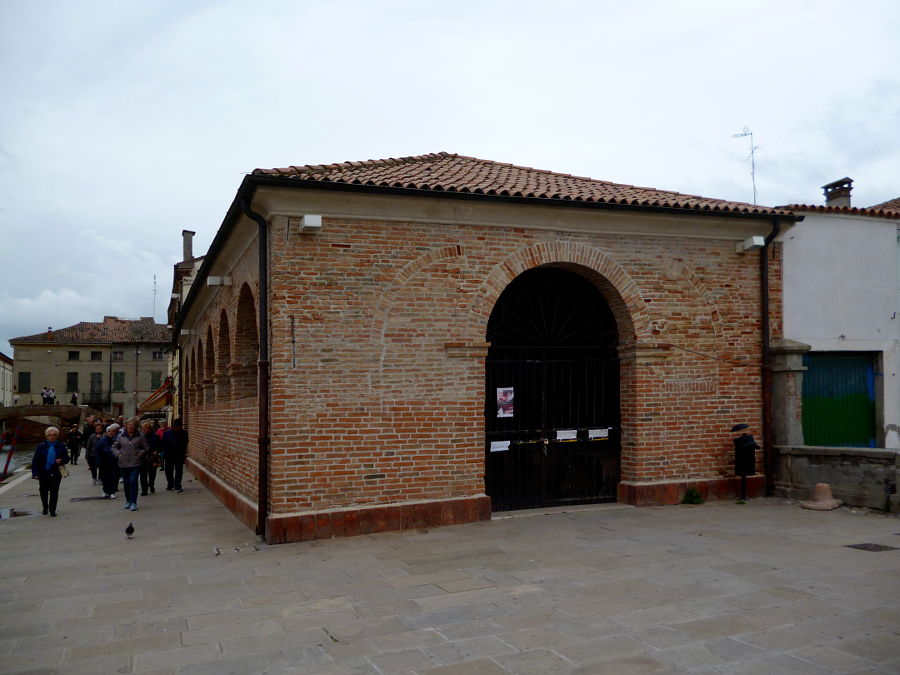
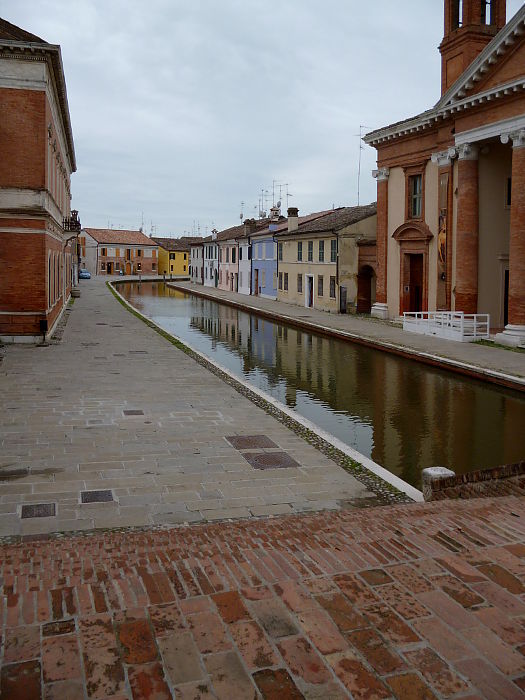
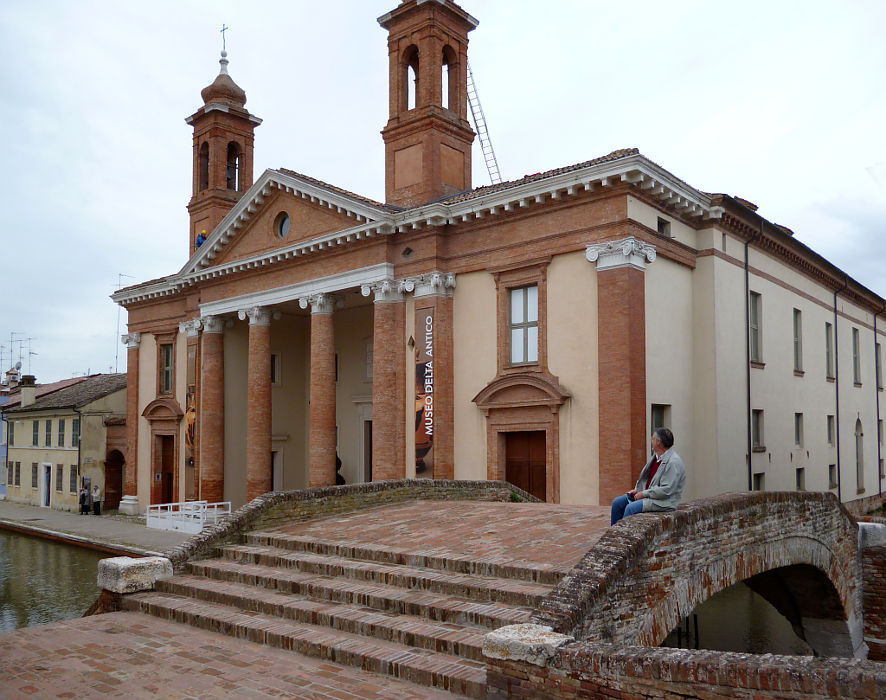
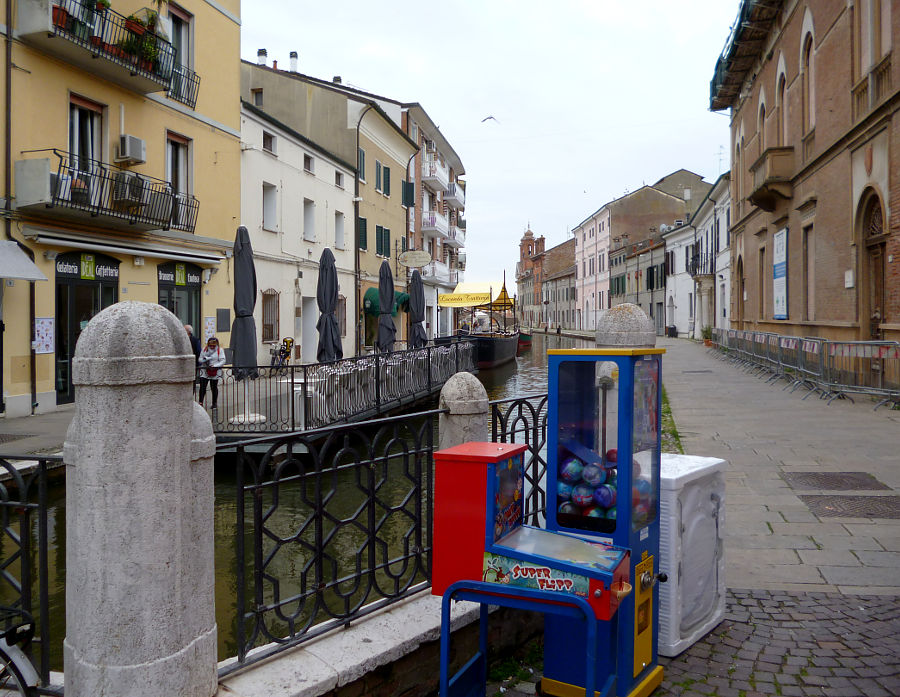
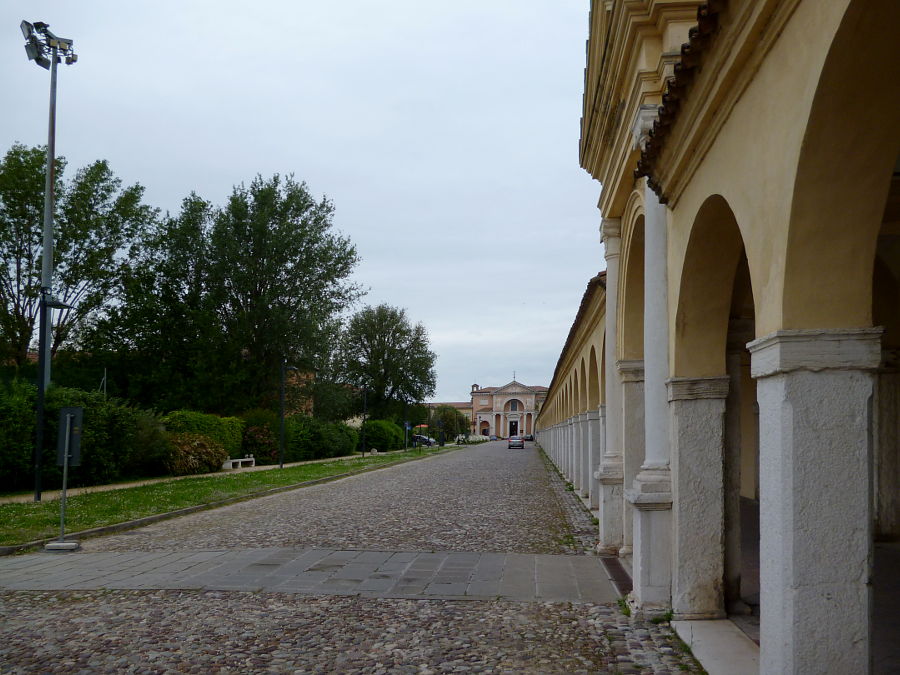
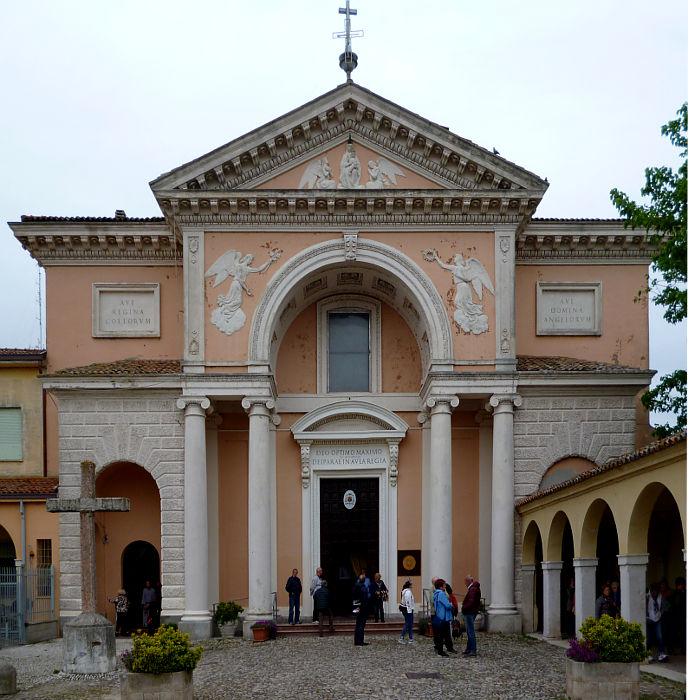
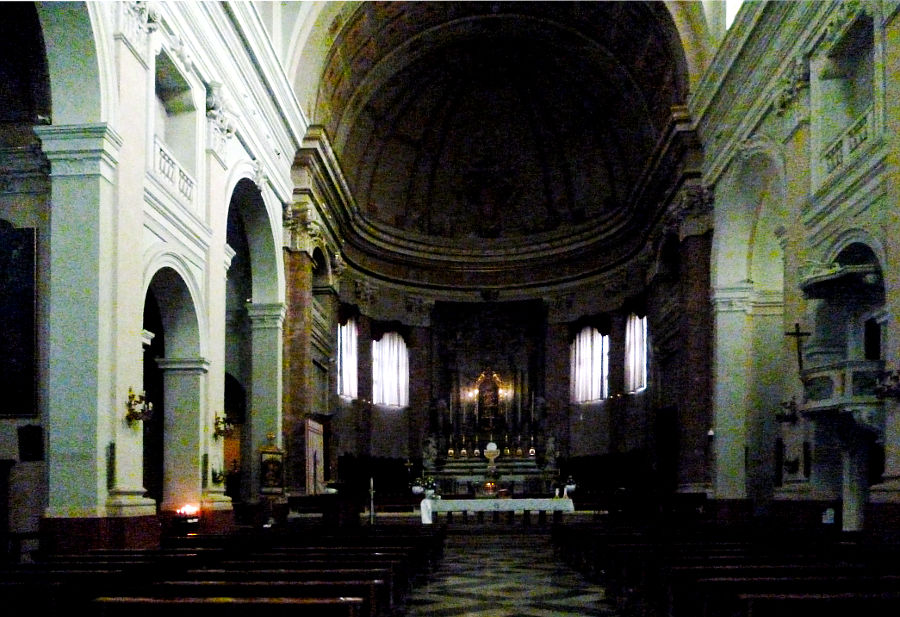
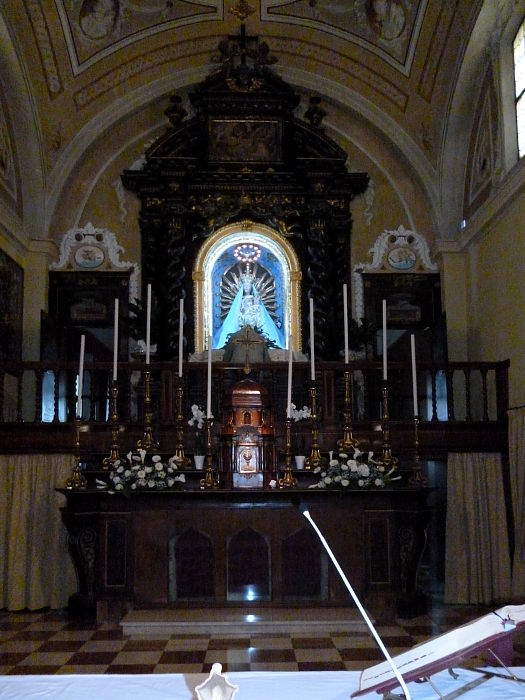
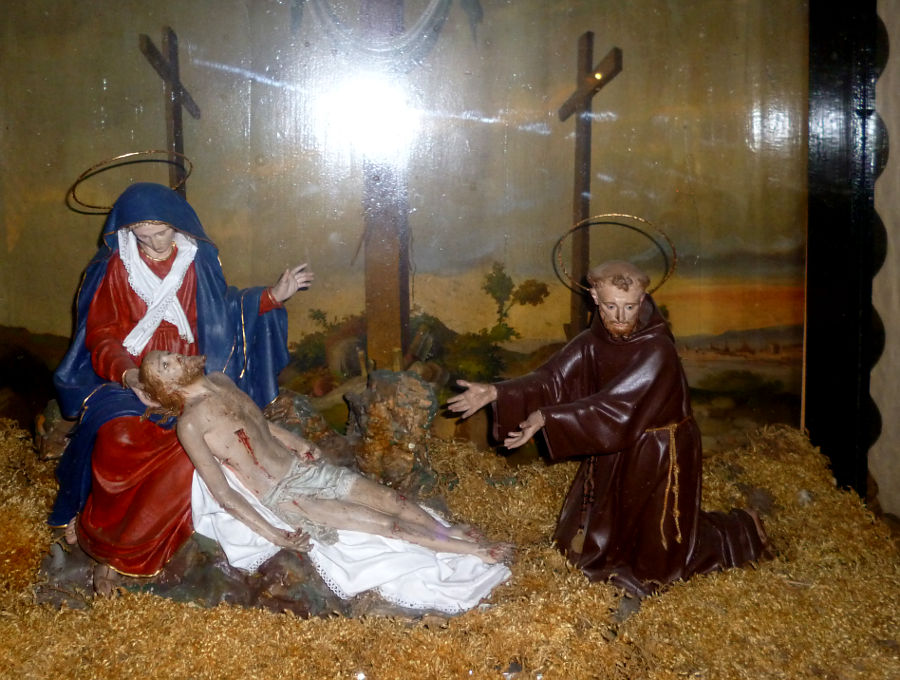
Il mio sito utilizza cookie di terze parti. Se vuoi saperne di piu', leggi qui. Per utilizzare i servizi č necessario acconsentire all'utilizzo.
 borgo-italiaspecial report |


|
|
| a trip in the land of the Este family (Comacchio, Pomposa (FE) - Emilia Romagna) |
| text by: borgo-italia [only desktop] - photo by: Massimo Zani |



































|
|
|||||||||||||||||||||||||||||||||||||||
a trip in the land of the Este family |
|||||||||||||||||||||||||||||||||||||||
|
This time our friend Massimo brings us to know two places of the Ferrara area: the abbey of Pomposa and the town of Comacchio. For gourmets we remember that Comacchio is famous for its eels, prepared in season in multiple ways |
|||||||||||||||||||||||||||||||||||||||
|
|||||||||||||||||||||||||||||||||||||||
A bit of history: Comacchio For more info: We also provide a link to the Benedictine monk Guido d'Arezzo (also called Guido Pomposiano) considered the creator of modern musical notation: Thanks to our friend Massimo for the permission of publishing his images |
|||||||||||||||||||||||||||||||||||||||
|
text by: borgo-italia [only desktop] photo by: Massimo Zani Emilia 12 - release date: 2019-06-19 |
|||||||||||||||||||||||||||||||||||||||